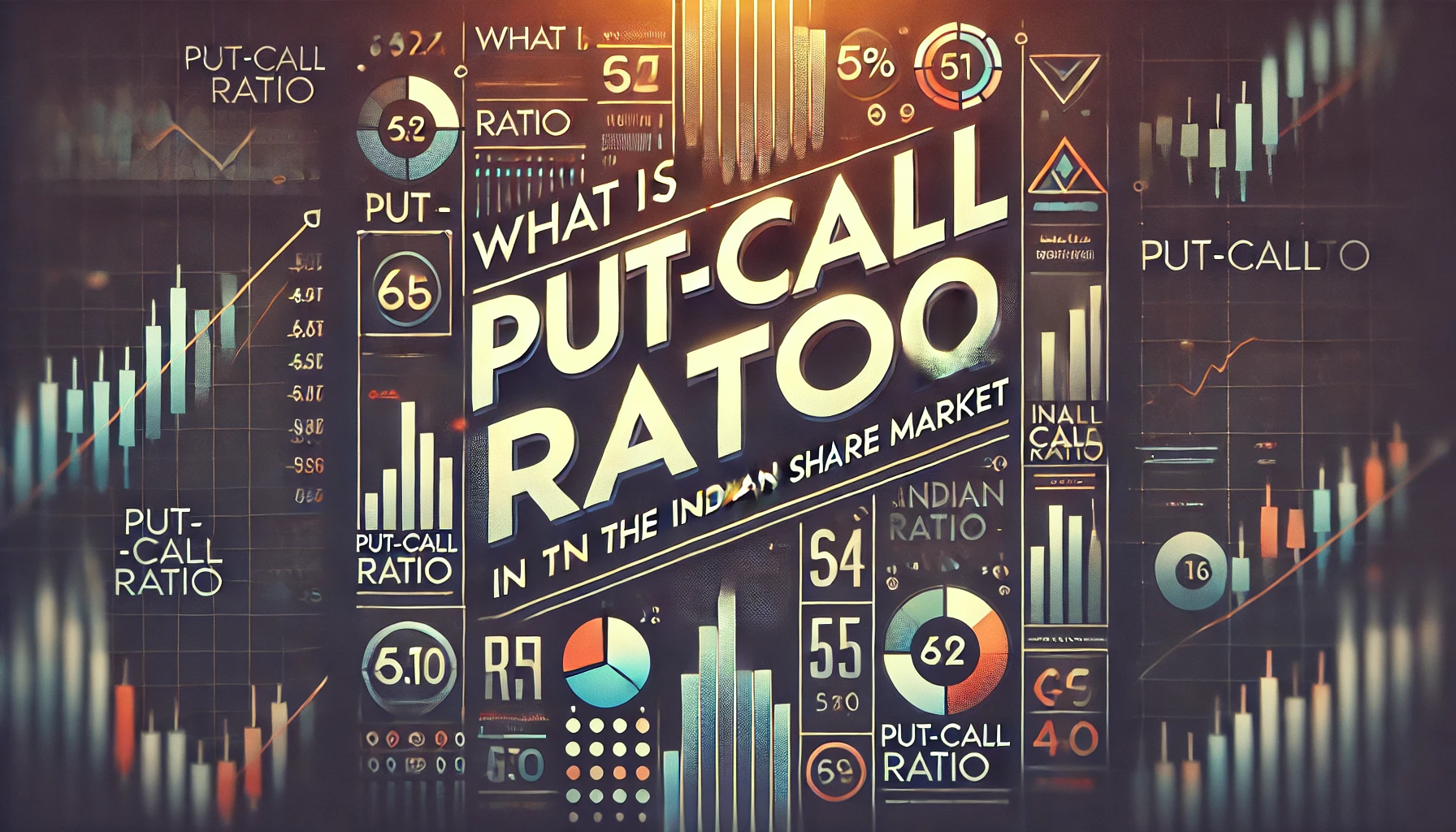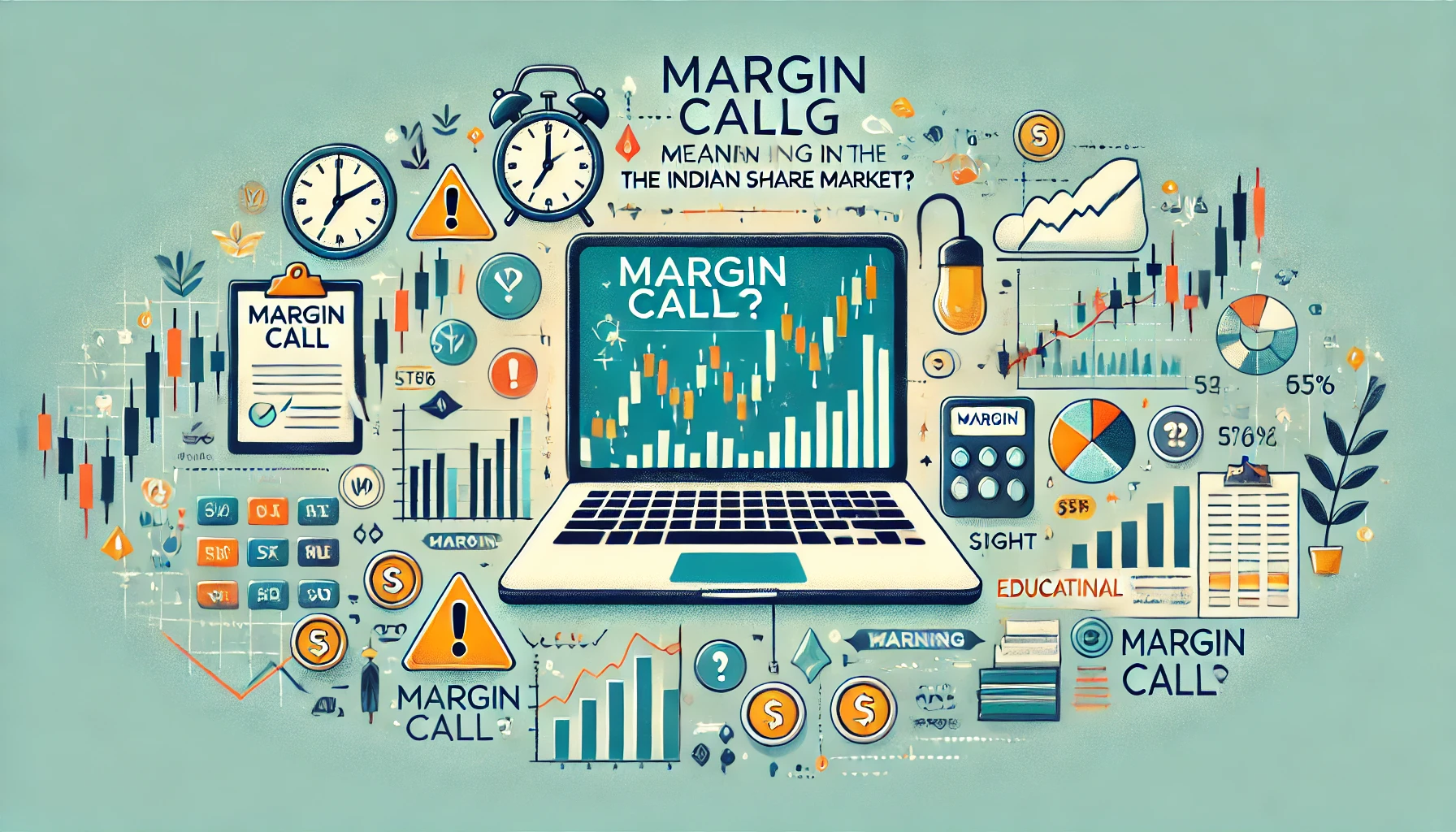In the world of derivatives, the concept of “Open Interest” plays a crucial role in understanding market liquidity and momentum. Open interest refers to the total number of outstanding derivative contracts, such as options or futures, that are not yet settled or closed. It is an essential indicator for traders looking to gauge the strength of market trends and the overall activity in the market.
This blog will delve into what open interest is, why it matters, how it is calculated, and how you can use this key metric to make more informed trading decisions.
Table of Contents
- Understanding Open Interest
- Difference Between Open Interest and Volume
- How Open Interest is Calculated
- Open Interest and Market Sentiment
- How Traders Use Open Interest in Strategies
- Historical Data on Open Interest in Indian Markets
- Interpreting Open Interest in Different Market Conditions
- Practical Application of Open Interest in Trading
- Common Mistakes When Analyzing Open Interest
- Conclusion
1. Understanding Open Interest
Open interest represents the number of active contracts in the market. Unlike trading volume, which counts the number of contracts traded in a day, open interest reflects how many contracts are open and active at any point in time.
For example, in a futures contract on NIFTY, if 100 contracts are bought and sold between two traders, the open interest is 100. If another 100 contracts are later bought and sold without closing any existing ones, the open interest will rise to 200. However, if 50 of these contracts are later closed, open interest will drop back to 150.
2. Difference Between Open Interest and Volume
One common confusion arises when traders mix up open interest with volume. While volume refers to the total number of contracts traded during a given period, open interest specifically indicates the number of contracts still outstanding at the end of that period.
- Volume shows the trading activity on a daily basis.
- Open Interest shows the overall level of interest in holding positions.
Table: Open Interest vs Volume Example
| Day | Contracts Traded | Volume | Open Interest |
|---|---|---|---|
| Day 1 | 100 | 100 | 100 |
| Day 2 | 50 | 50 | 150 |
| Day 3 | 70 | 70 | 130 |
3. How Open Interest is Calculated
Open interest is calculated as the sum of all open or outstanding positions in the market. When a new position is opened, it adds to the open interest. When a position is closed (through settlement or offsetting), it subtracts from the open interest.
The formula to calculate open interest is as follows:
Open Interest = Total Number of Open Long Contracts = Total Number of Open Short Contracts
This symmetry arises because for every buyer of a contract, there is always a seller.
4. Open Interest and Market Sentiment
Open interest can be a powerful indicator of market sentiment and potential future price movements.
- Rising Open Interest: An increase in open interest typically signals that new capital is flowing into the market, possibly indicating a continuation of the current trend.
- Falling Open Interest: A decrease suggests that traders are closing their positions, which may point to a weakening trend or a possible reversal.
5. How Traders Use Open Interest in Strategies
Traders use open interest to assess the strength of a trend and whether the market is showing bullish or bearish momentum. Here are some common uses:
- Confirming Trends: If both price and open interest are rising, it is often interpreted as a strong bullish trend. Similarly, declining prices coupled with rising open interest may signal a bearish market.
- Identifying Reversals: A decrease in open interest, especially when combined with low volume, may suggest an imminent market reversal, as traders are exiting their positions.
6. Historical Data on Open Interest in Indian Markets
In the Indian share market, open interest is particularly relevant for actively traded contracts such as NIFTY and Bank NIFTY options. Here’s an example of historical open interest data for the NIFTY index:
Table: NIFTY Open Interest (2019-2023)
| Year | NIFTY Open Interest (in millions) |
|---|---|
| 2019 | 1.5 |
| 2020 | 2.0 |
| 2021 | 2.3 |
| 2022 | 2.5 |
| 2023 | 2.8 |
This data shows a steady increase in open interest over the years, reflecting rising participation in derivatives trading in India.
7. Interpreting Open Interest in Different Market Conditions
The interpretation of open interest depends on the prevailing market conditions:
- In an Uptrend: Increasing open interest suggests that more traders are entering the market, adding fuel to the trend. If prices and open interest rise together, the uptrend is likely to continue.
- In a Downtrend: Similarly, rising open interest during a downtrend may suggest more traders are taking short positions, reinforcing the downward move.
- Sideways Market: In a range-bound market, decreasing open interest could indicate that traders are closing positions, awaiting a clear directional move.
8. Practical Application of Open Interest in Trading
Practical application of open interest involves combining it with other technical indicators like volume and price action to make informed trading decisions. Here’s an example of how open interest can be used in real-life scenarios:
Scenario: Bullish Trend with Increasing Open Interest
Imagine a stock like Reliance Industries is in an uptrend, with rising prices and increasing open interest. This indicates that more market participants are bullish on the stock, and the trend is likely to continue. Traders can consider this as a confirmation to enter long positions.
Scenario: Declining Open Interest in a Bearish Market
Now, if Infosys is in a downtrend, but open interest starts to decrease, it may indicate that traders are closing their short positions, which could suggest the downtrend is losing strength and a reversal may be near.
9. Common Mistakes When Analyzing Open Interest
Open interest, while a powerful tool, can sometimes be misinterpreted. Here are a few common mistakes:
- Ignoring Volume: Always combine open interest analysis with volume. Rising open interest with low volume may not carry the same significance as rising open interest with high volume.
- Focusing Solely on Open Interest: Relying solely on open interest without considering price action or technical analysis can lead to incorrect conclusions.
- Misinterpreting Seasonal Trends: Some markets, like commodities, have seasonal cycles that naturally affect open interest. It’s important to understand the context of the data.
10. Conclusion
Open interest is a key metric in the Indian derivatives market, offering insights into market liquidity, sentiment, and potential price movements. Traders who effectively utilize open interest in combination with other indicators like volume and price action can significantly enhance their trading strategies.
Understanding how to interpret open interest can be the difference between making successful trades and falling victim to market traps. As we’ve discussed, rising open interest can confirm trends, while declining open interest may signal reversals. Historical data and examples from the Indian market highlight the importance of this metric in shaping trading decisions.
With this knowledge, you can confidently navigate the Indian share market derivatives and make informed decisions based on the dynamics of open interest.

What Is Implied Volatility?
In the realm of Indian share market derivatives, implied volatility (IV) plays a crucial role …

What is Margin Funding?
Margin funding is a powerful tool in the Indian share market that allows traders to …

Forward vs Future contract
In the Indian share market, derivatives such as forward and future contracts play a pivotal …

What is Margin Money?
Margin money is a crucial aspect of trading in the Indian share market, especially in …

What is Put-Call Ratio?
The Put-Call Ratio (PCR) is one of the most widely used indicators in options trading …

What is Derivatives?
Derivatives are financial instruments whose value is derived from an underlying asset or benchmark. In …

What is Cost of Carry?
The cost of carry is an essential concept in futures trading that reflects the cost …

What is futures
Futures are a fundamental part of derivatives trading in the Indian stock market. They allow …

Bullish Option Strategies
In the ever-evolving world of derivatives trading, options have become a powerful tool for investors …

Understanding Physical Settlement in Futures & Options Contracts: A Comprehensive Guide
In the world of derivatives trading, the concept of physical settlement has gained prominence, particularly …

what are call options
The Indian share market has expanded significantly over the years, attracting a growing number of …

What Is Credit Spread Strategy
In the world of options trading, the credit spread strategy is one of the most …

What Is a Forward Contract
A forward contract is a customized financial agreement between two parties to buy or sell …

Types of Derivatives in India
The Indian derivatives market has grown exponentially, becoming a vital tool for investors and traders …

What is Swaps Derivatives
In the world of derivatives, swaps are a special class of contracts that allow two …

Intrinsic Value and Time Value of Options
Options trading is one of the most widely used financial instruments in the Indian share …

What is Open Interest?
In the world of derivatives, the concept of “Open Interest” plays a crucial role in …

Types of underlying assets in derivatives
The Indian derivatives market has grown exponentially over the last few decades, thanks to its …

derivatives on Option Volatility & Pricing Strategies
The Indian share market derivatives segment is a dynamic environment where advanced traders rely heavily …

What is Futures Contract
The Indian share market offers various financial instruments that provide opportunities for investors and traders. …

What is implied volatility in options?
In the world of options trading, one of the most crucial elements to understand is …

Futures Pricing Formula
The Indian share market is known for its dynamic nature and offers various opportunities for …

What is an ITM Call Option?
The world of options trading is filled with technical terms that are crucial for investors …

What is Max Pain Theory?
The Indian share market is full of strategies and theories that traders use to predict …

What is OTM Call Options
In options trading, terms like “in the money” (ITM), “at the money” (ATM), and “out …

What Is Rollover
Rollover is a common term in the world of futures and derivatives trading, especially in …

Futures Prices Converge Upon Spot Prices
In the world of financial markets, futures contracts play a significant role. One of the …

Call Ratio Back Spread
In the Indian share market, advanced trading strategies such as the Call Ratio Back Spread …

Margin Call Meaning
A margin call is one of the most critical warnings in trading, often marking a …

What is Bermuda Option?
The financial markets are full of complex instruments, and one such tool is the Bermuda …


















